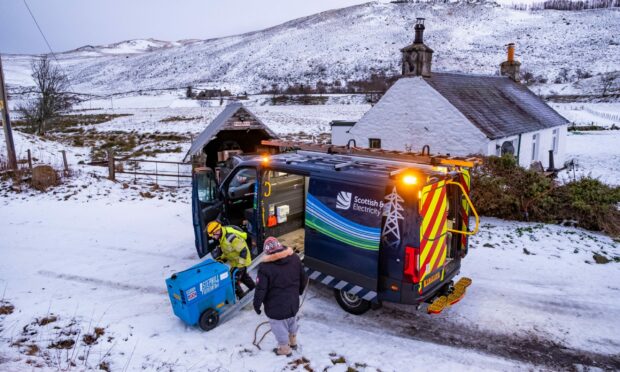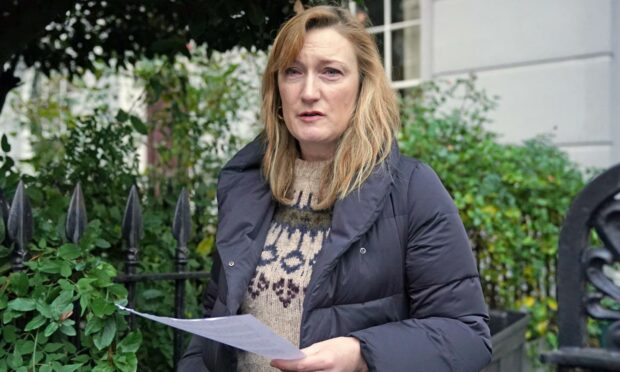Sir – I am disappointed by recent correspondence politicising the recovery of the electricity grid following Storm Arwen.
It was a very severe storm which lasted almost 48 hours, it brought down thousands of trees and power lines. The extent of the damage was immense and crews were drafted in from less affected areas including south of the border.
For their own safety they could not start work until the weather had moderated somewhat.
As someone who was without power for five days, I can only say well done.
Coincidentally SSEN were conducting their biannual tree survey as Arwen started, seeking our permission to access and trim trees adjacent to power lines.
M.J.Salter, Glassel, Banchory.
No evidence of profit obsession
Sir, – Your correspondent Ken Gow bewails the fact that our electricity supply was privatised by the Westminster government in 1989 and suspects (no evidence given) that the current suppliers are more interested in profit than delivery.
This is not borne out by the performance of SSEN during the recent Storm Arwen when their service delivery was above reproach.
It is also ironic to note that in 2017 Nicola Sturgeon promised delegates at the SNP party conference that “a publicly-owned, not-for-profit energy company” with charges “as close to cost price as possible” would be set up by 2021.
What has happened? SNP ministers have quietly shelved the proposals, despite having wasted half a million pounds of taxpayers’ money on trying to set it up.
Another case of all promise and no action, like so many of the SNP pledges.
Mike Masson, Oak Tree Avenue, Banchory.
A conspiracy theory too far
Sir, – I refer to Ken Gow’s letter regarding the massive destruction of power lines in eastern Britain following Storm Arwen.
Ken Gow is correct. Scottish Hydro-Electric did carefully manage and maintain its network, but SH-E was the privatised company and not the publicly-owned North of Scotland Hydro-Electric Board (NSHEB). As a former power engineer with Scottish Hydro-Electric (SH-E) and then with its successor company Scottish and Southern Energy (SSE), I can assure Mr Gow that SSE spend vast sums hardening the resilience of the overhead networks and have continual programmes of refurbishment and renewal. However, even during the halcyon days of NSHEB, the devastation caused by sustained 80 to 90mph winds would have been overwhelming.
Reading on, he suggests “there is some suspicion” that SSE had under-invested in its assets so that it could pay dividends to its shareholders.
Why would big institutional investors – insurance companies and pension funds, etc – invest in a company that was trashing its own primary asset? A conspiracy theory too far, that one.
Bill Reid, Beech Brae, Elgin.
Correct way to fuel the transition
Sir, – I couldn’t have been more impressed by the well written and well reasoned article by Katy Heidenreich in Wednesday’s P&J.
She clearly and logically explained how new oil and gas developments are essential to ensure our energy needs are met during our transition away from fossil fuels.
It should be required reading for all our politicians and for those environmental activists who don’t think beyond the slogans and soundbites.
Neville Taylor, Inchgarth Road, Aberdeen.



